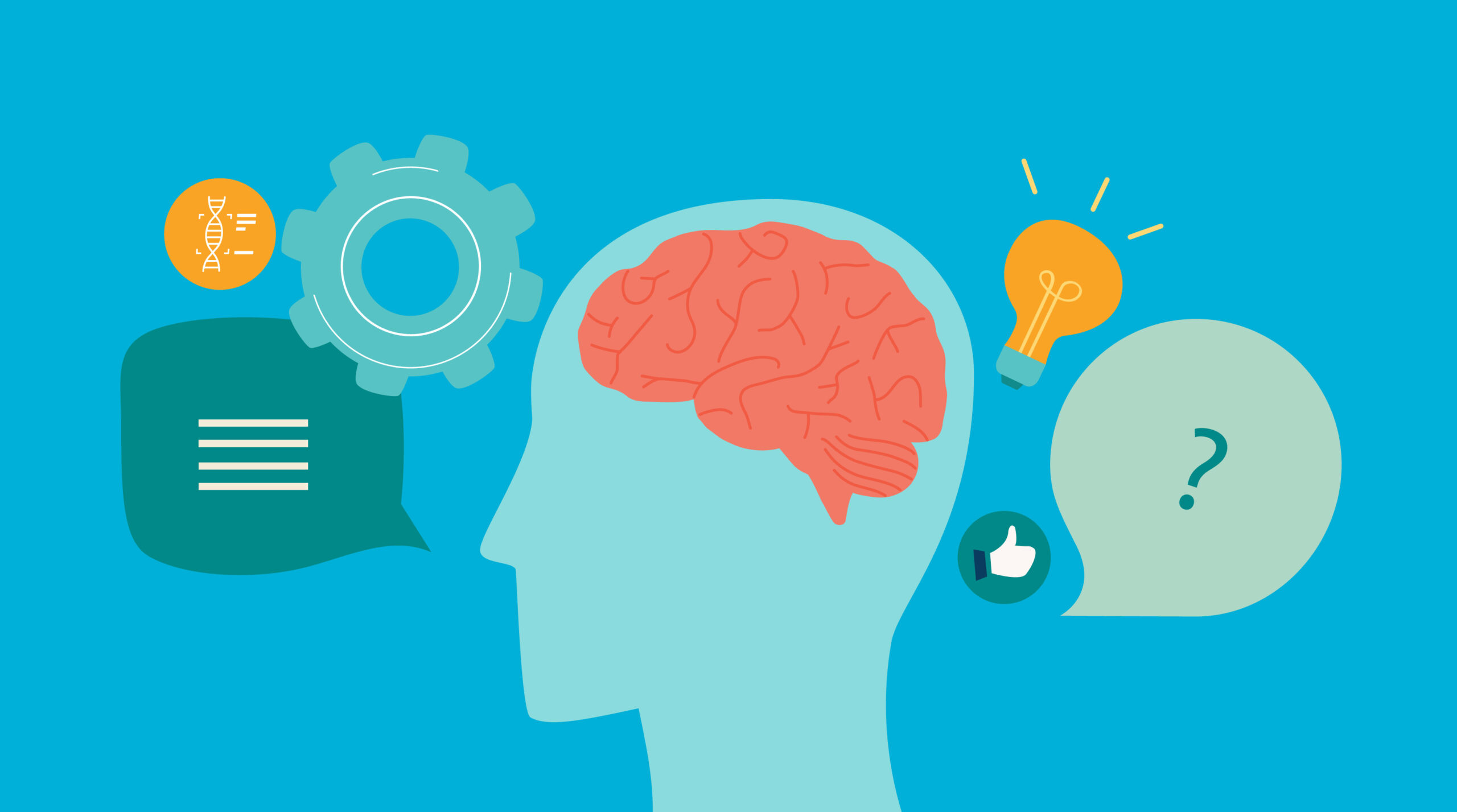How relevant a work of art is to our personal experience can determine how much we appreciate it – and the same is true of learning and development
Whether it’s by Tintoretto, Picasso or Francis Bacon, every work of art provokes a different reaction in the viewer – love, hate or indifference. But is there a way to predict how we might feel about a particular painting or sculpture and why we might like some more than others? New research suggests that the answer is ‘yes’ and this has important implications for learning and development.
According to the findings of a set of psychological experiments at the Max Planck Institute for Empirical Aesthetics, rather than elements such as colour palette, genre or age, whether we like a piece of art or not is more about whether it resonates with our sense of who we are or not. The researchers allowed 33 participants to look at nearly 150 images of paintings from a variety of styles, periods and regions of the world. The paintings were not well known so that the chances of the study participants already being familiar with them were reduced.
Those study participants were asked to rate each painting on two grounds – how much it moved them, in other words, its aesthetic appeal, and second, its self-relevance. By this the researchers meant something in the painting that the participants could relate to, that connected with their own identity or their personal experience. Where they felt a sense of self-relevance in a painting the participants were 28 per cent more likely to judge it as aesthetically pleasing.
Creating meaning
“We think it’s because aesthetic appeal is strongly linked to our ability to create meaning. It is a form of ‘pleasure from understanding’,” Edward Vessel, the research leader and a cognitive neuroscientist whose work focuses on aesthetics, creativity, and curiosity told the Society for Personality and Social Psychology. “When something relates to our own sense of self, which sits at the core of our structured knowledge of the world, we can get more meaning from it.”
A second experiment confirmed the findings of the first. But the research team also wanted to know whether greater self-relevance actually caused people to judge a painting to be more beautiful and moving rather than it just correlating with this view. They asked 45 new study participants about their lives and identities. They then used this information about each person to create works of art that were relevant to them. If they mentioned a particular hobby or reported an enjoyable visit somewhere this would be reflected in these specially created paintings.
The participants then viewed 20 images in each of four categories. In one category the paintings were based on the personal information that the participants had shared. In another the works were relevant to another participant’s personal information while other works weren’t related to what any participant had told the researchers and, the fourth category consisted of the real paintings that had been used in the first study. The results revealed that participants rated the self-relevant, artificially created works of art as more aesthetically pleasing than those that were created for participants.
Making learning and development relevant to the learner
So, what does this stell us about the way in which we should be deigning learning interventions. Well, what we know is that just like the relationship between paintings and those who view them, making learning and development relevant to the learner and their experiences produces a much better result than if there’s no direct, immediate connection.
In fact, the external literature reviews and the thought leader interviews that we regularly carry out, strongly suggest that learning is only effective when it’s immediately and directly connected to meeting real world leadership challenges. This means that the stories or scenarios that learners are presented with have to be relevant to their working lives. This should be the guiding principle of Leadership Development and it’s what we do at Threshold.
Learning and development and Adult Learning Theory
Influential and widely respected educator Malcolm Knowles developed what he called his Adult Learning Theory. Also known as andragogy, this theory differentiates the learning styles of adults on the one hand and children on the other. As part of this Knowles argued that adults gravitate towards learning that is directly relevant to their job or personal life. This backs up the argument for creating training scenarios that participants can relate to directly.
Knowles’ research also showed that adult learning centres on problems not subjects. This means that rather than starting with models or conceptual frameworks, we should start with the problem that needs to be solved and then work backwards from there.
The ‘affective context model,’ informs us that we only truly remember what we care about. The learning therefore must map directly and clearly onto the leader’s ‘landscape of concerns.’ Making learning emotionally engaging is important but not enough in itself. We must show how it connects directly, with what participants care about in the moment.
That’s why, at Threshold, we only work with scenarios that are bespoke and uniquely tailored to a particular audience. This way they really resonate with people and stay in their minds in order to deliver results.
With both works of art and learning and development, self-relevance is key. To get a sense of the way in which we create compelling scenarios that resonate with the learner, click below:





